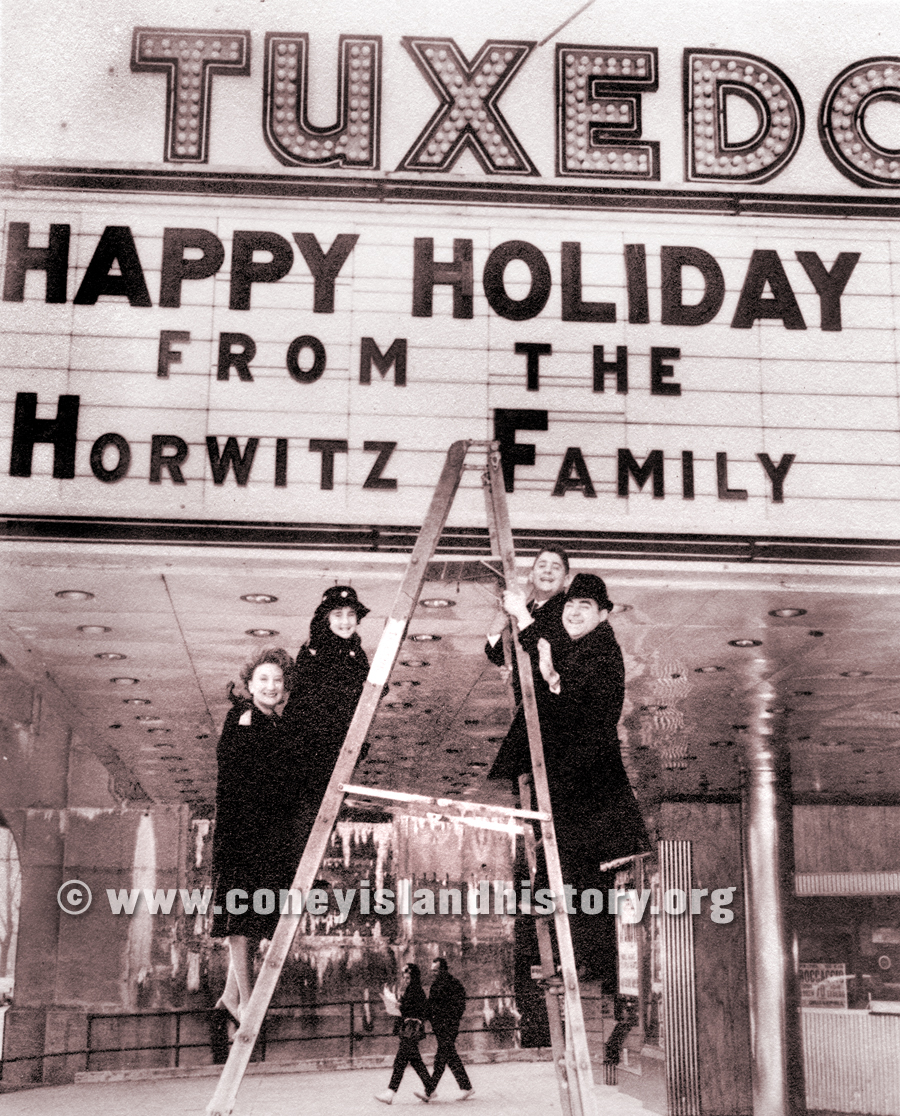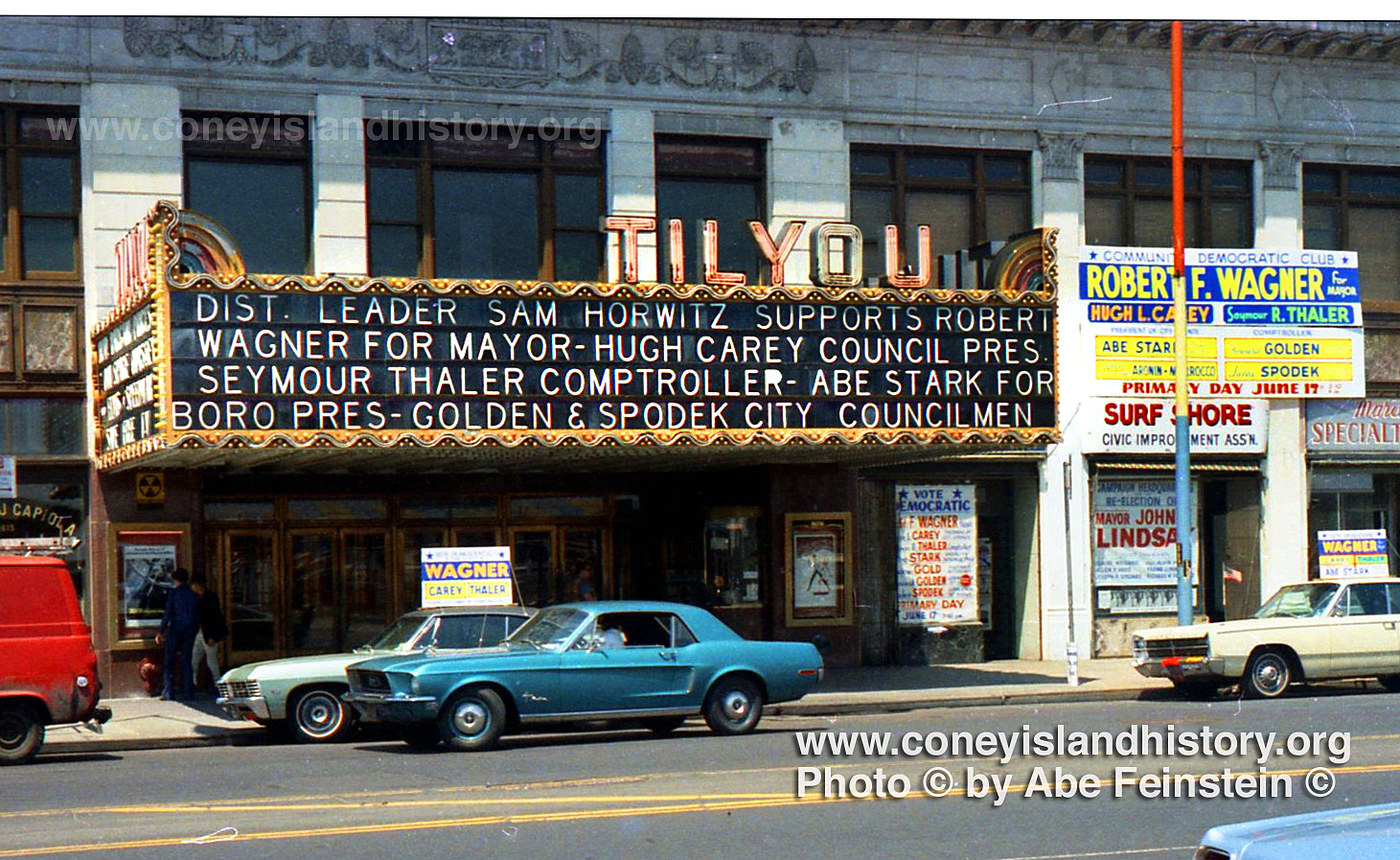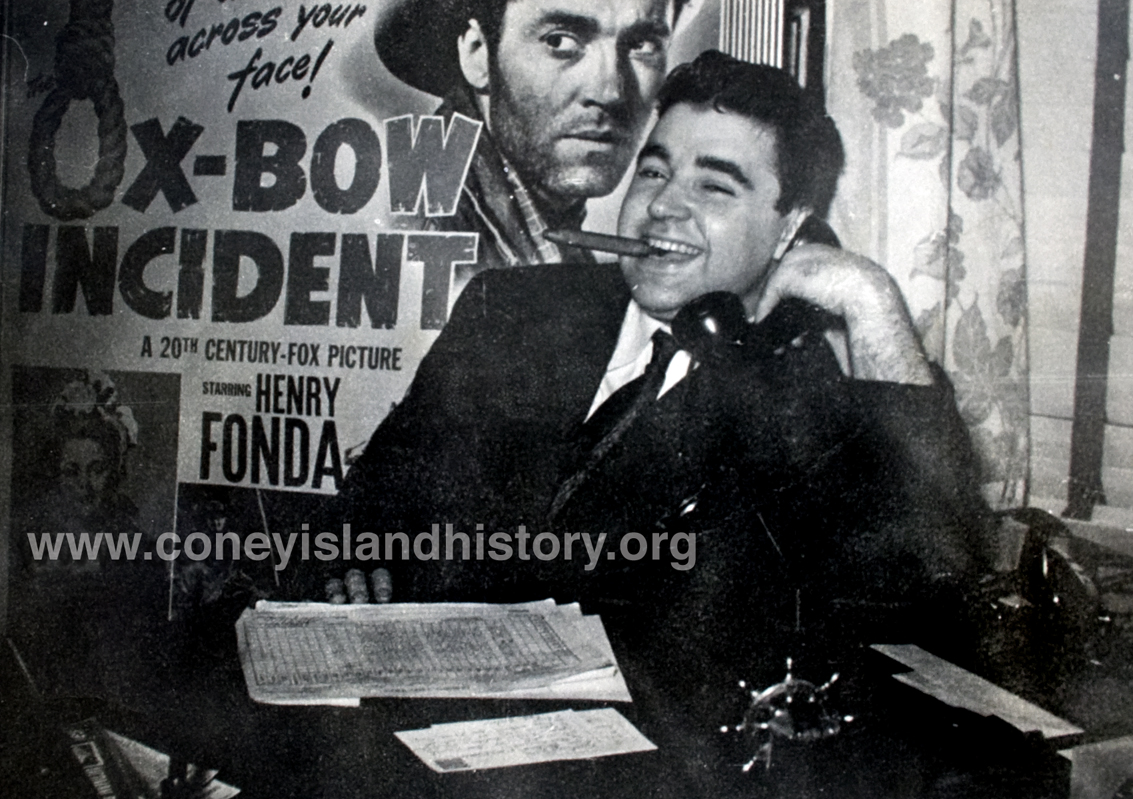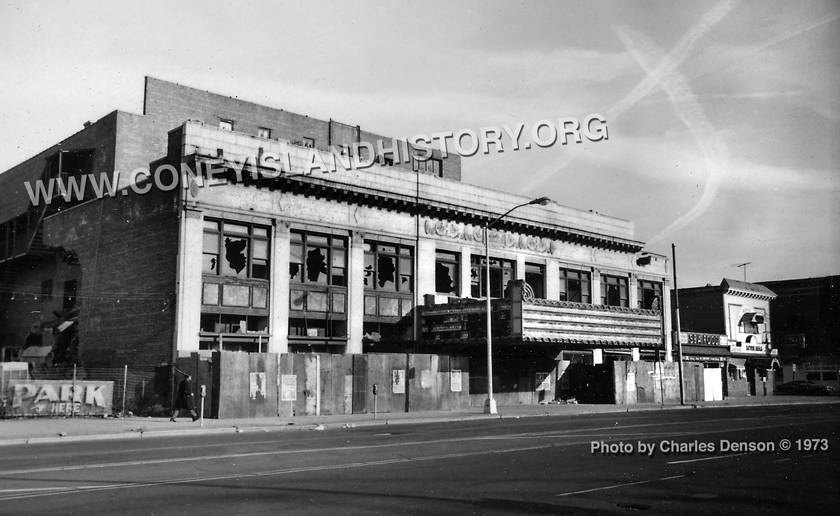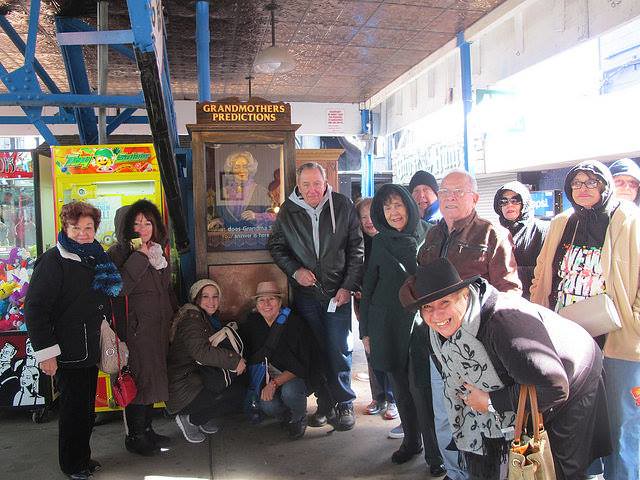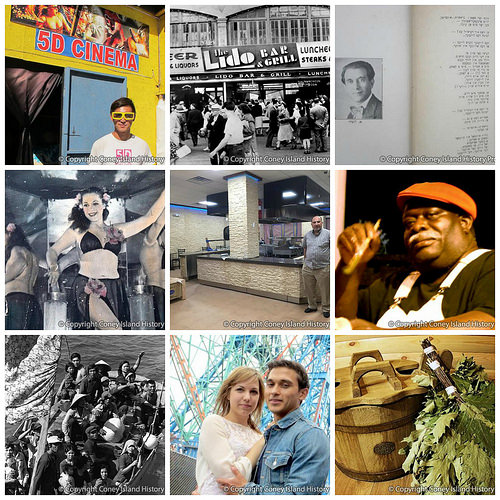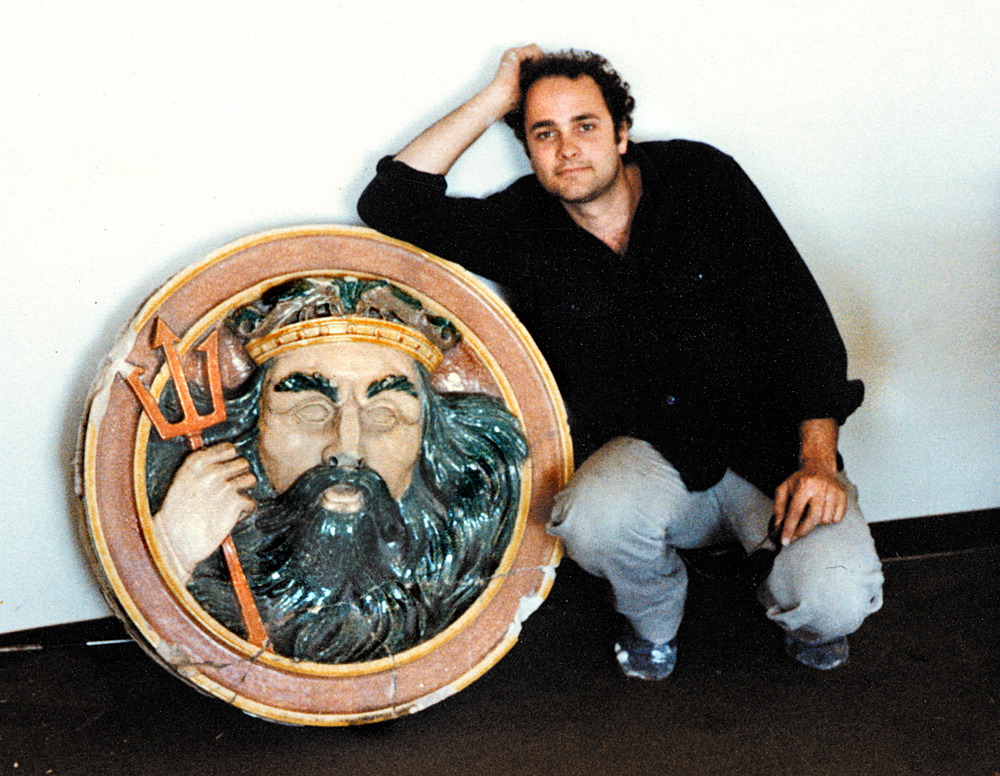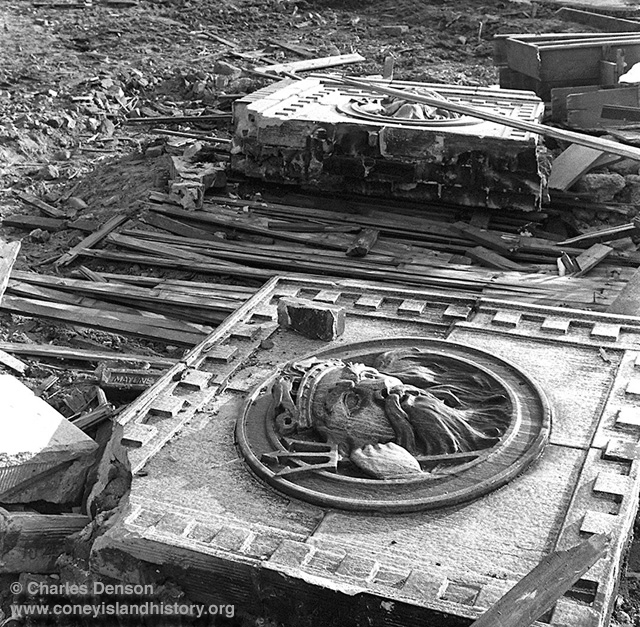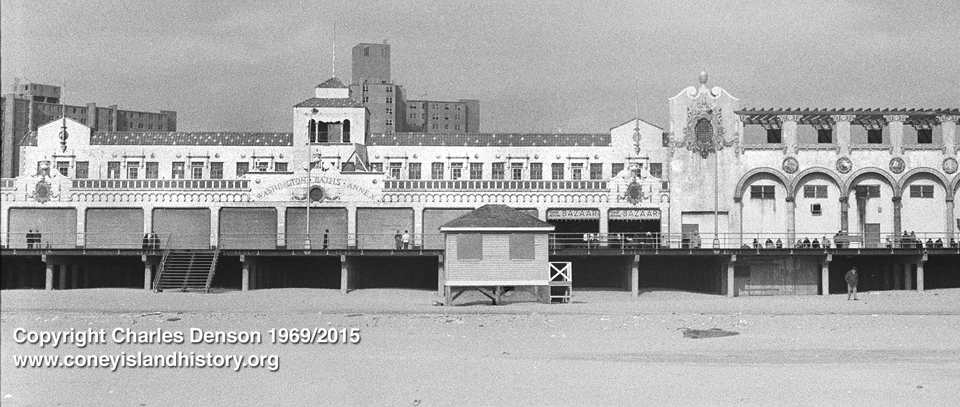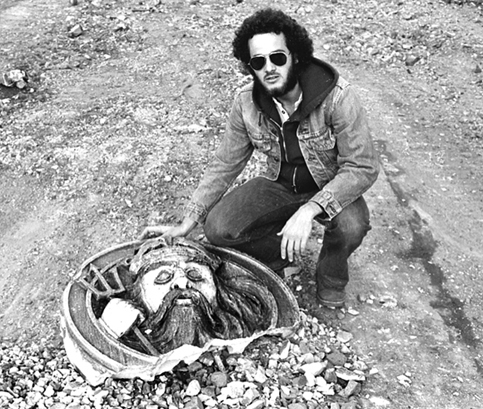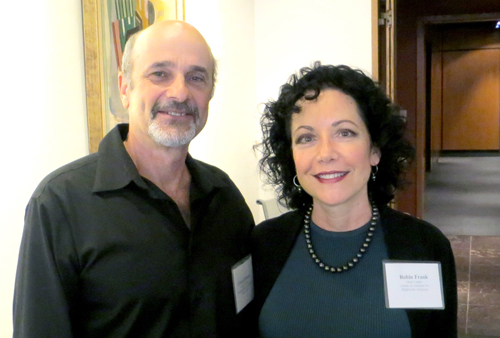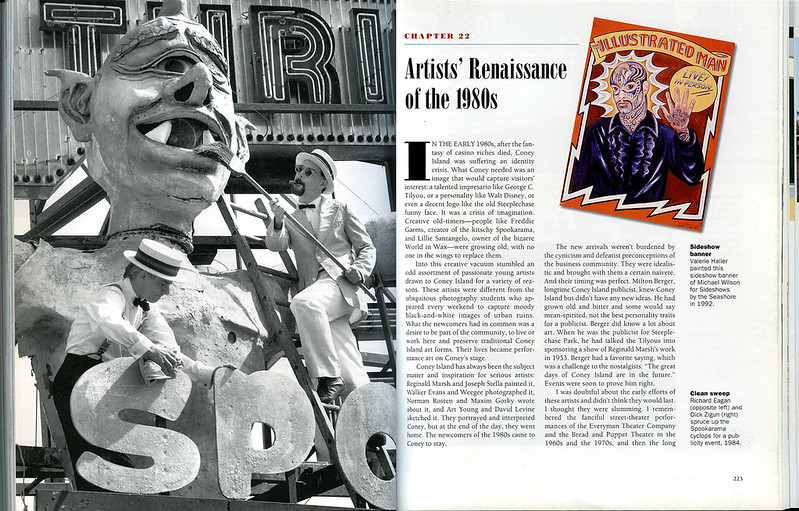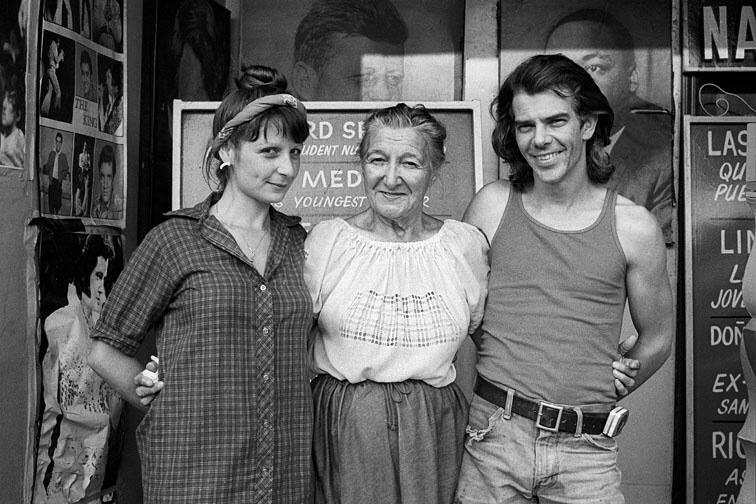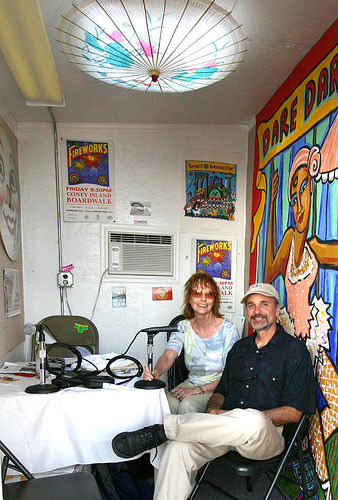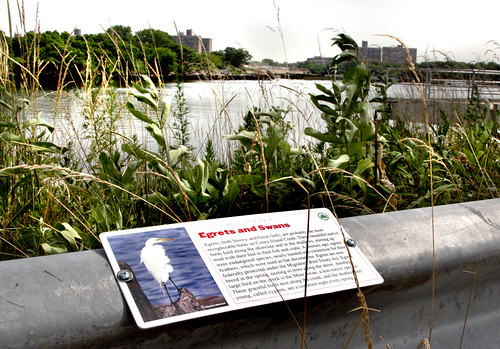The grand finale of Coney's 2015 season also kicks off the 2016 season with a New Year's extravaganza that includes an illuminated Parachute ball drop, fireworks, a morning swim, a ride on the Winter Wonder Wheel, and much, much more! Coney Island is no longer just a summer attraction; it's the best place to be for New Year's celebrations!
This was a banner year for the Coney Island History Project. We continue our mission by recording interviews with visitors to the Wonder Wheel on New Year's Day. The recordings will be posted in the oral history archive of our newly redesigned web site. Visitors who took our walking tours also enjoyed the History Project's main exhibit, "Coney Island Stereoviews: Seeing Double at the Seashore." This exhibit of historical vintage photo technology was extremely popular, opening at a time when virtual reality is becoming an everyday reality.
In August we teamed up with Deno's Wonder Wheel Park for our 5th Annual History Day. The event celebrated two historic milestones: the 95th anniversary of the landmark Wonder Wheel and the 60th anniversary of the classic Spook-A-Rama dark ride. Included in the day's events were free music, dancing, and historical exhibits.
Coney Island continues its transition with exciting new attractions rising along the Boardwalk. The Aquarium's $127 million expansion, "Ocean Wonders," will finally connect the Aquarium to the ocean with an overlook and restaurant cantilevered above the Boardwalk. A mile to the east, the long-awaited restoration of the Childs Restaurant Building has begun. The landmark structure has been gutted to the bones, soon to be combined into an adjacent 5,000-seat amphitheater, slated to open by summer, 2016.
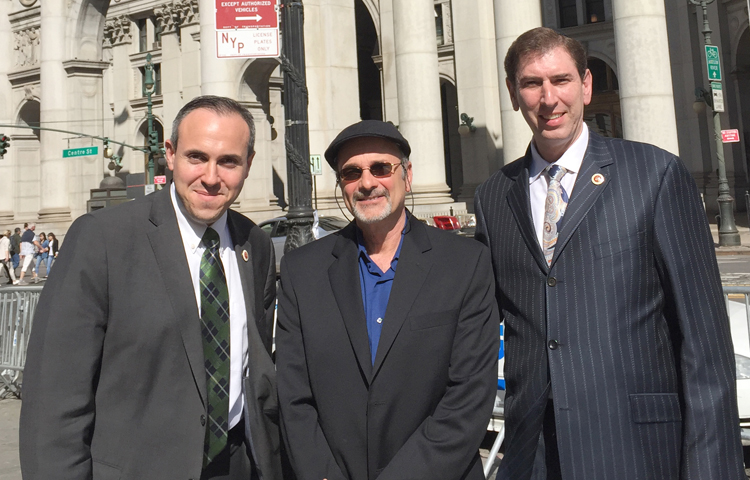
City Council members Mark Treyger and Chaim Deutsch teamed up with Charles Denson to advocate for landmarking the Boardwalk
The fight to landmark the Boardwalk continues. Last May I accompanied Council members Mark Treyger and Chaim Deutsch to a private meeting with the Landmarks Preservation Commission to advocate for the landmarking of the Boardwalk. I gave an illustrated historical presentation to LPC staff showing that the beloved structure is indeed eligible for landmark designation. We are still awaiting the LPC's decision.
Last spring, "Coney Island: Visions of an American Dreamland," opened at the Wadsworth Atheneum Museum in Hartford, Connecticut. This extensive show, which traveled to San Diego before coming to the Brooklyn Museum, spawned four other Coney Island shows in Brooklyn, providing a variety of off-season excitement for Coney lovers. The Spook-A-Rama Cyclops, lent by the Vourderis family, and formerly the centerpiece of the Coney Island History Project, has proved to be a highlight of the show. I was honored to serve as a consultant and contributor to this extensive exhibition and its hardcover catalog.
Coney Island Creek may have received a temporary reprieve after the city's proposed flood control dam was moved (on paper) from the mouth of the creek to a site farther east on 21st Street. Many issues still need to be resolved before the feasibility study concerning this dubious creek project is released in early 2016. On a positive note, Estuary Day at Kaiser Park was a great success, and the creek's art deco pumping station received a hearing for landmark status and hopefully will be restored and repurposed sometime in the future.
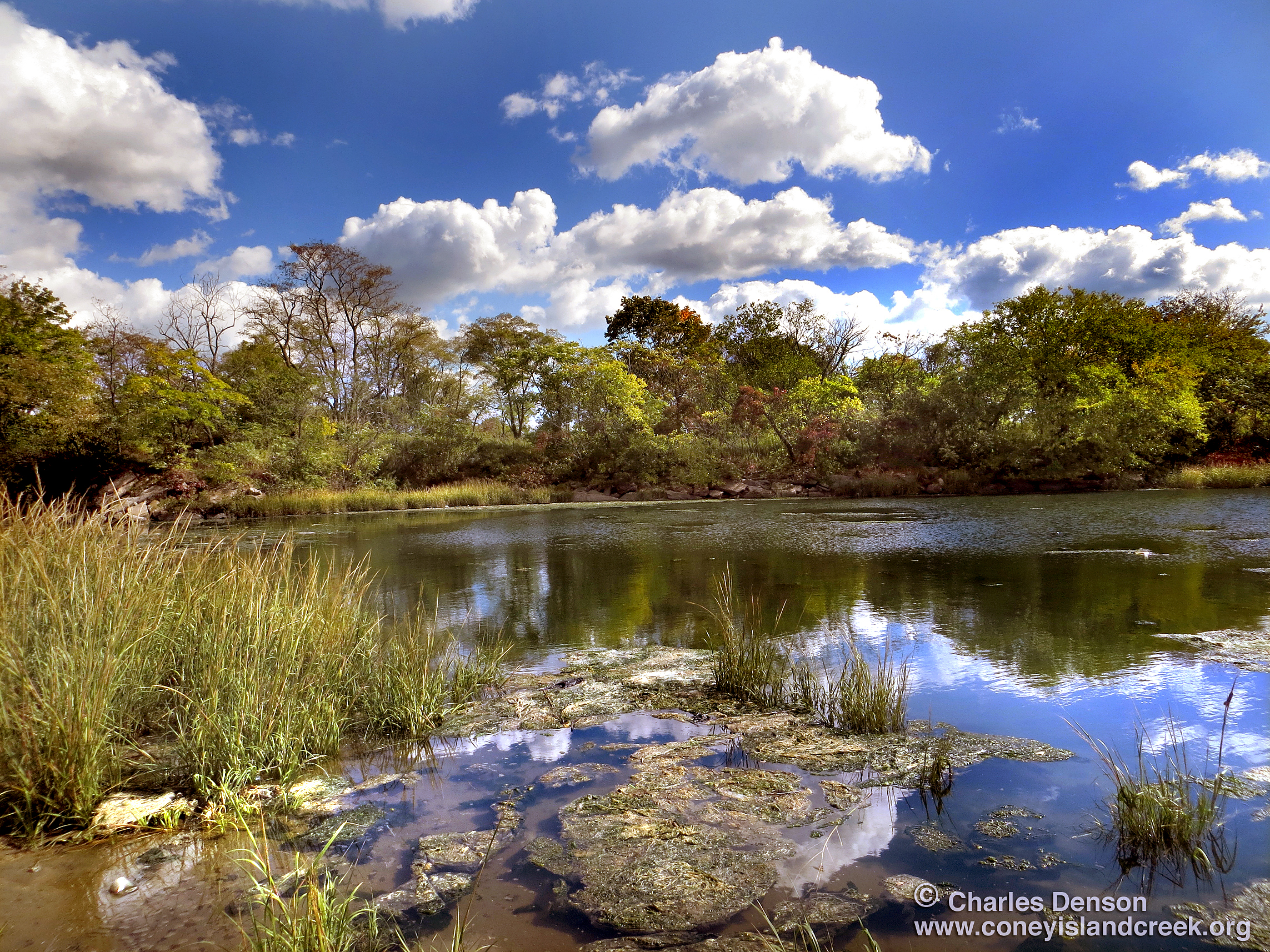
Coney Island Creek: Still endangered. © Charles Denson
This summer we mourned the loss of Cindy Jacobs Allman, daughter of Ruby's Bar founder Ruby Jacobs, who passed away suddenly last May. Cindy was an educator with sand in her shoes, a personable mother who somehow found the time to work long hours at the family's Boardwalk business all summer long. She will be missed. Another loss was Cha Cha Ciarcia, proprietor of the Club Atlantis Bar on the Boardwalk who passed away this fall. His Atlantis partner, J.T., died several years ago. The Atlantis closed in 2011 after a 75-year run under many owners. The space is now occupied by Tom's Restaurant.
On an unfortunate note, the Shore Theater, subject of endless revival rumors, was taken over by homeless vandals who've been ransacking the landmark building for months, camping inside and out, and turning the corner of Stillwell Avenue into a garbage dump. Maybe 2016 will be the year that something positive finally happens. We can only hope.
This was a year of transition and intrigue: The specter of eminent domain once again reared its ugly head as the city sought ownership of rezoned Coney properties. Developer Thor Equities grabbed more land in the heart of the amusement zone, new chain restaurants opened along Surf and Stillwell Avenues, a trendy art and food attraction opened on Thor's vacant Stillwell Avenue properties, and streets are being torn up to provide new utilities for the NYCEDC's massive residential project on what was formerly amusement-zoned Surf Avenue lots. And the late Lou Powsner, a long time Coney advocate, was honored with a street named for him. Change is in the air and all we need in 2016 is a warm and sunny summer.
The Coney Island History Project invites you to support our continuing mission of education and advocacy for a better Coney Island. Please become a member, take one of our walking tours, add your voice to our oral history project, browse our web site, or come visit our exhibit center below the Wonder Wheel in the heart of Coney Island.

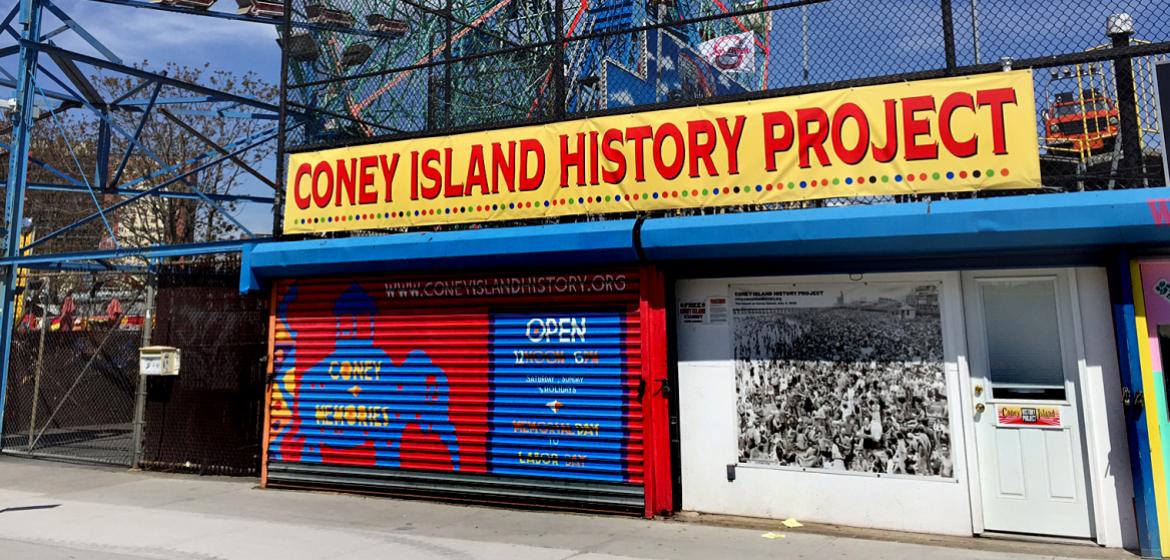
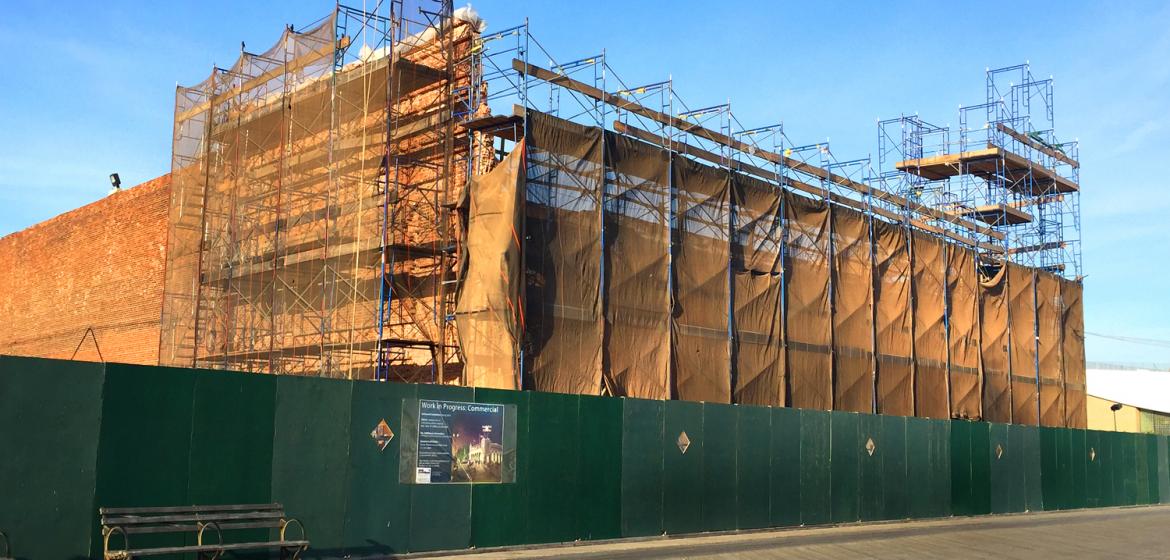
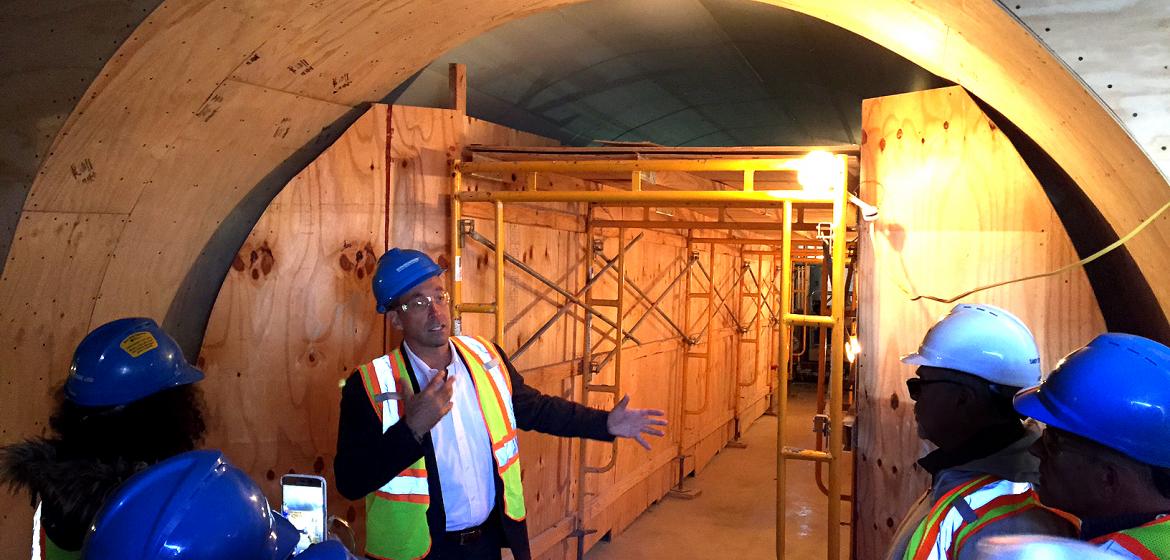
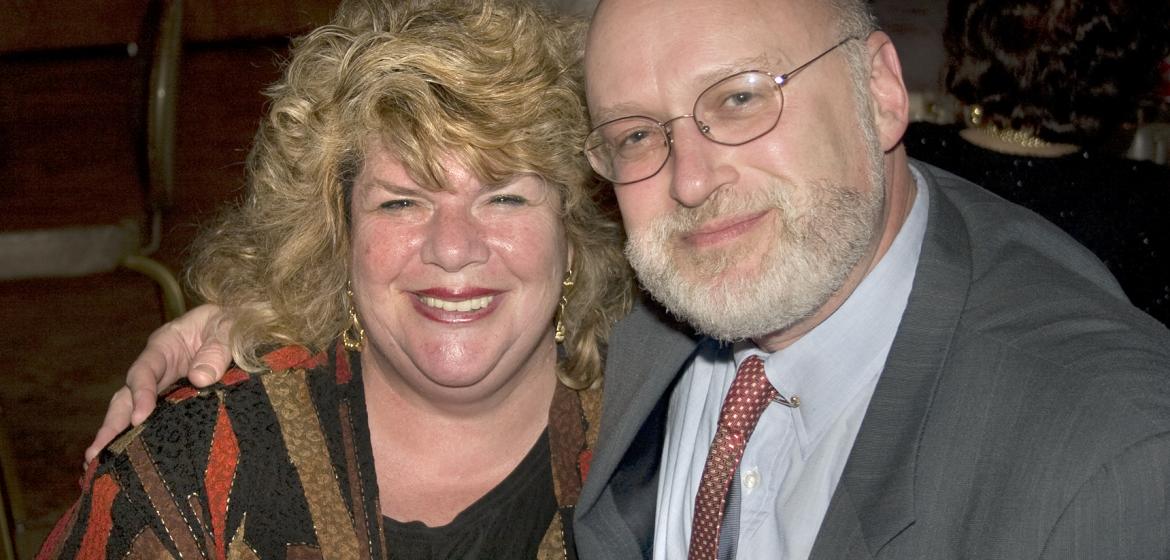
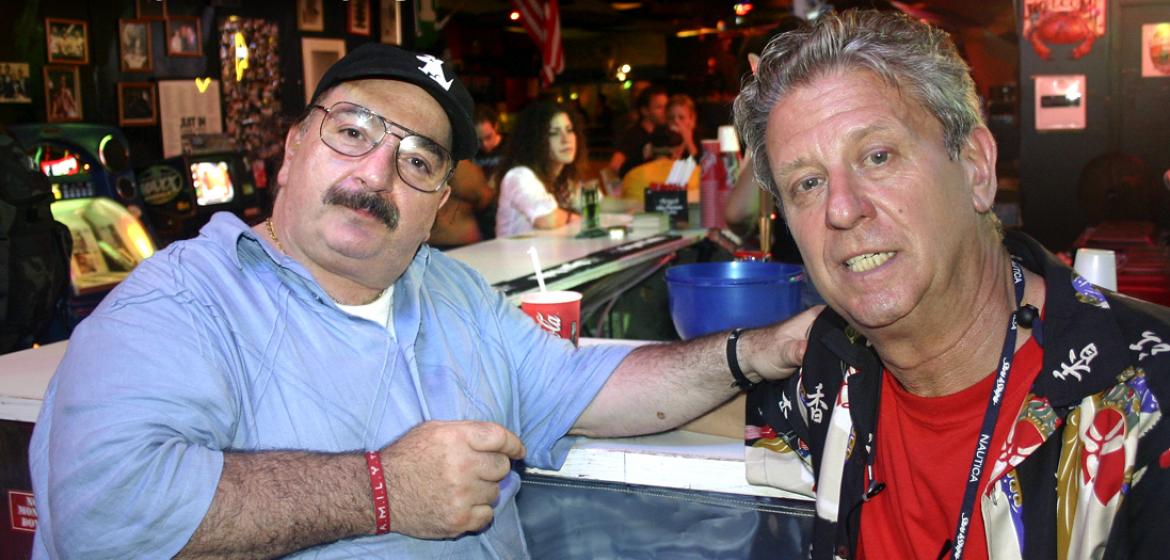

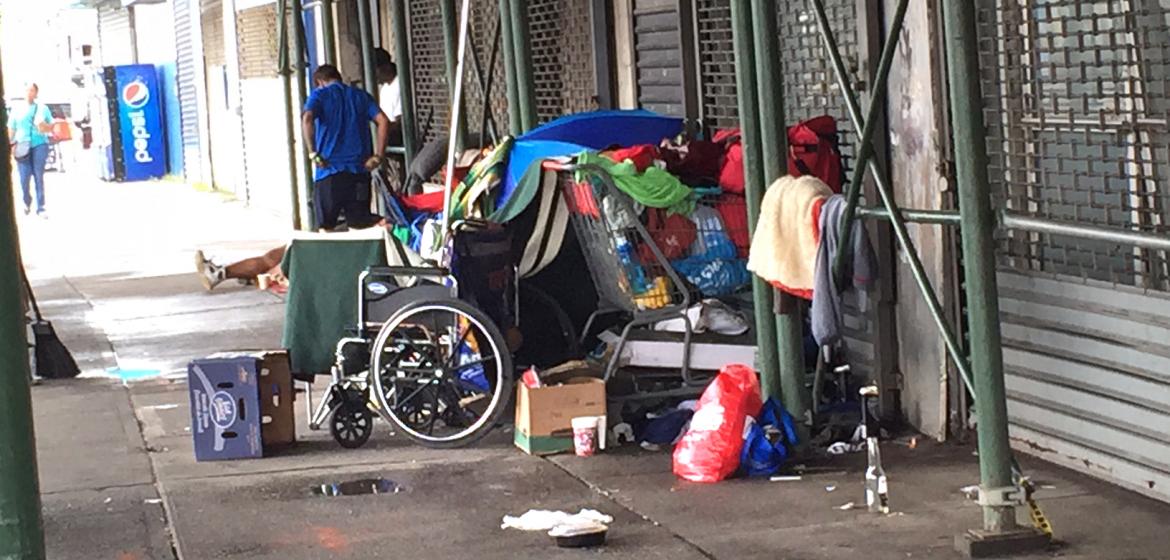
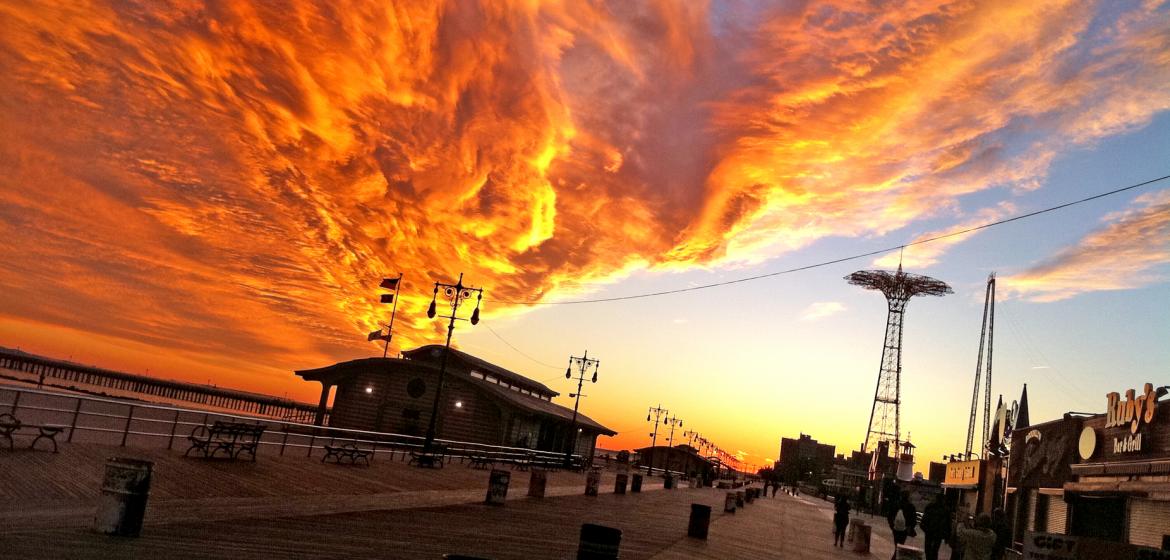
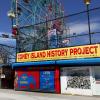
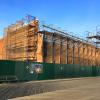
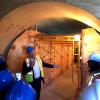
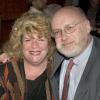

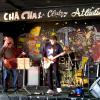
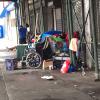
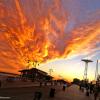
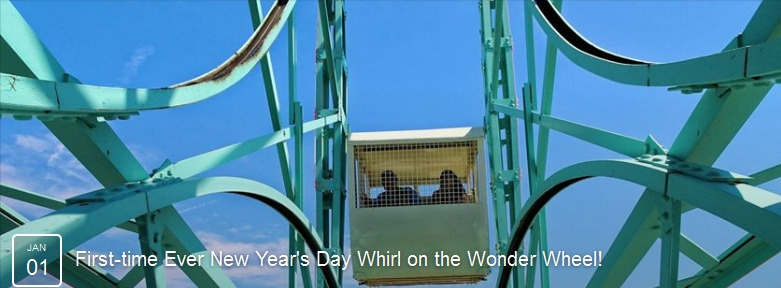
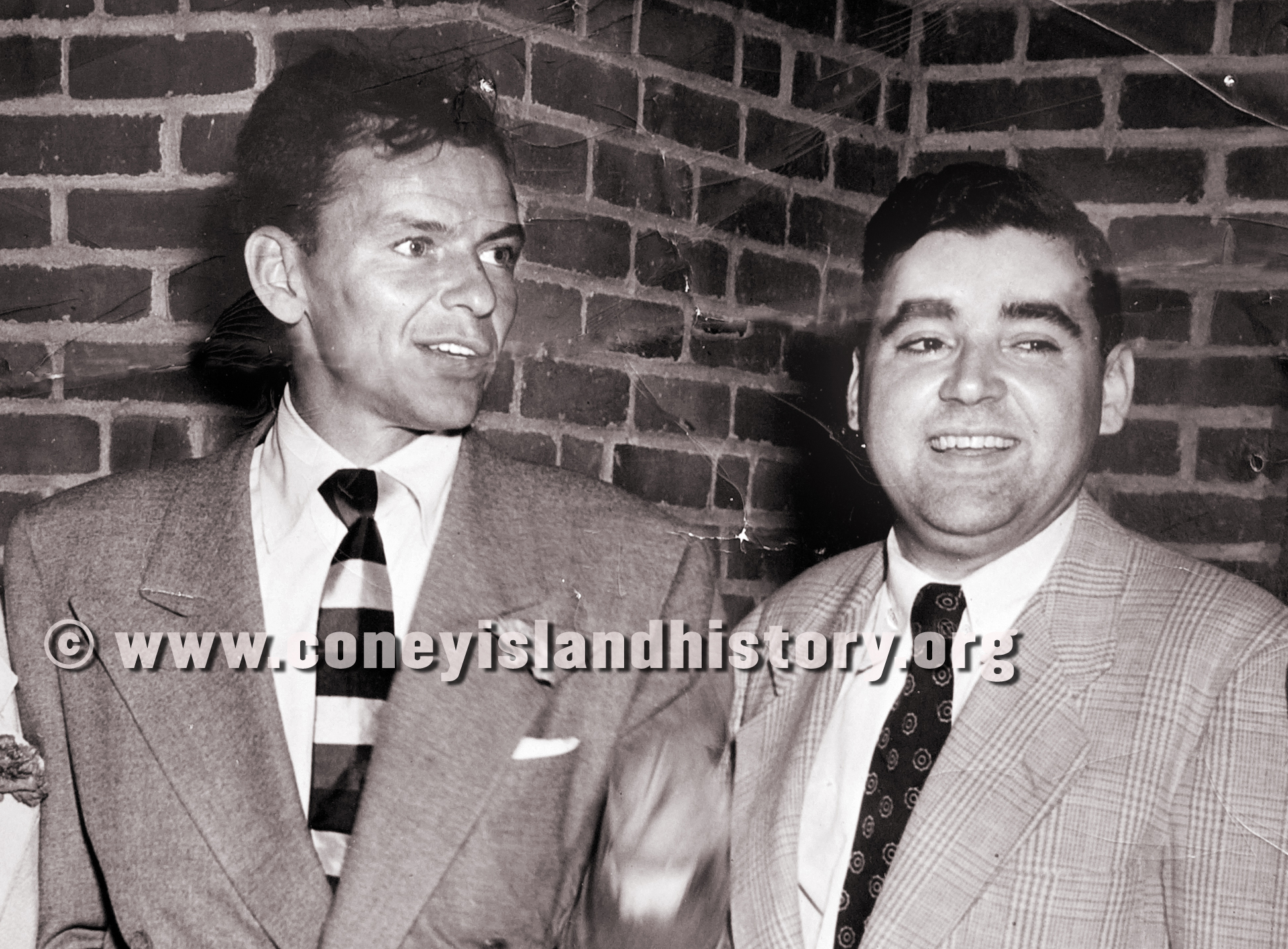
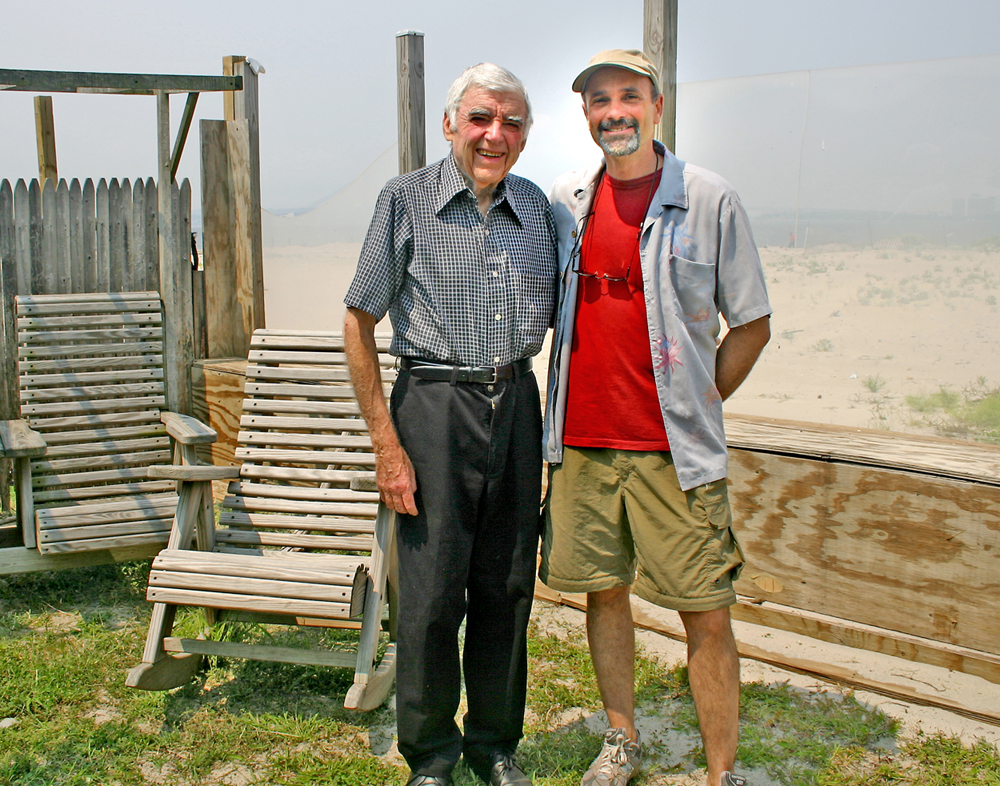 Retired Councilman Sam Horwitz and Charles Denson, 2004
Retired Councilman Sam Horwitz and Charles Denson, 2004